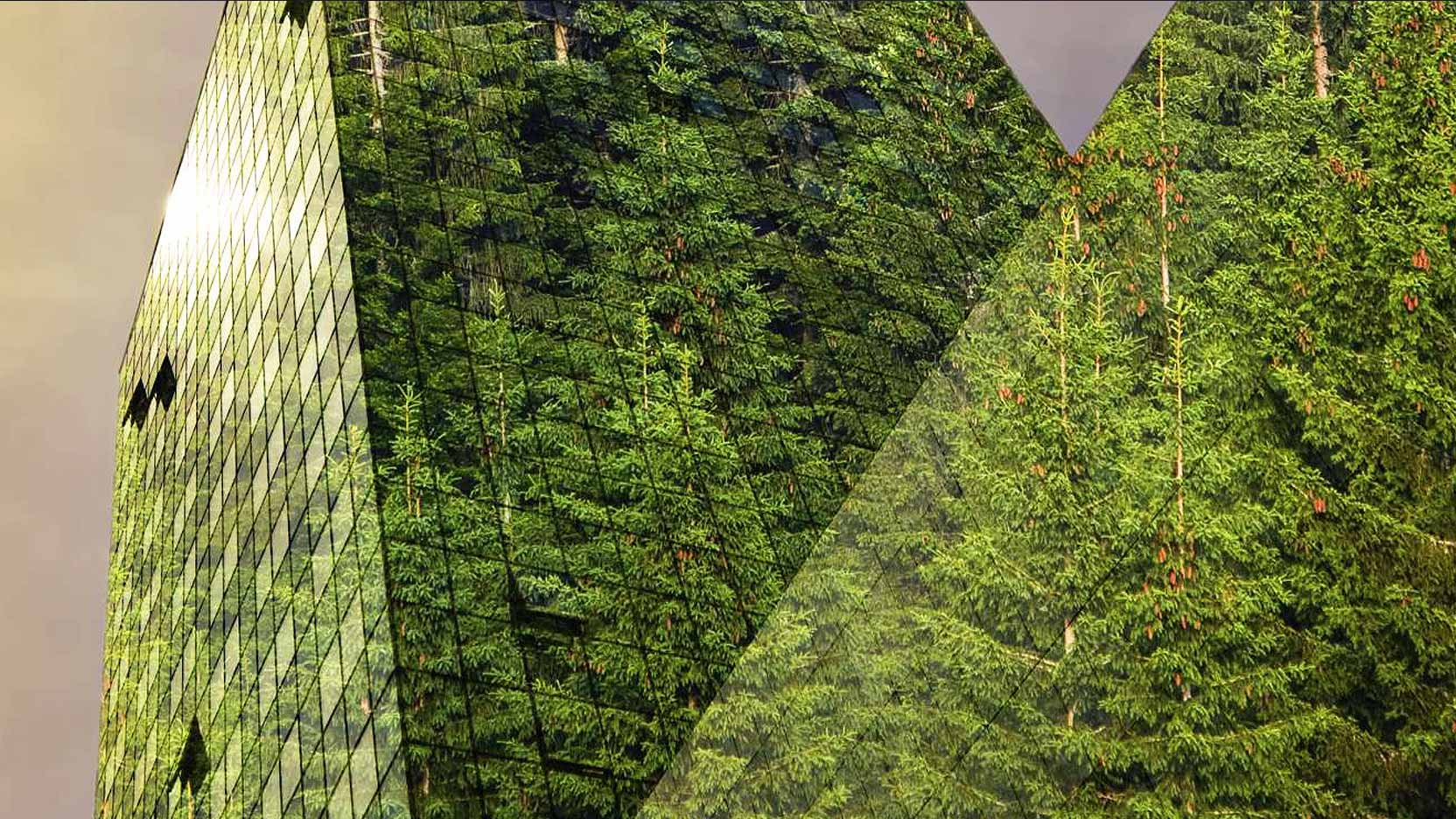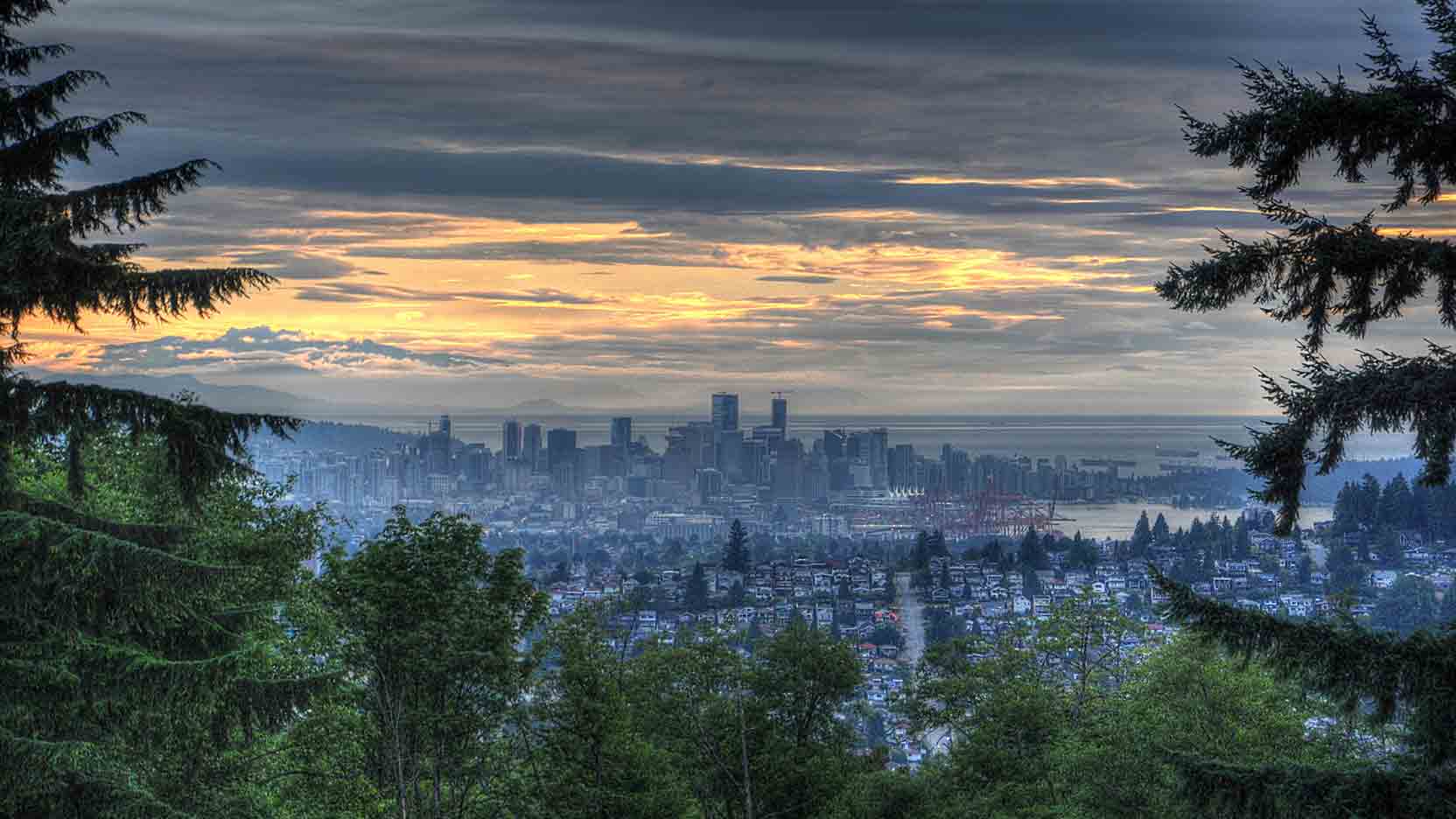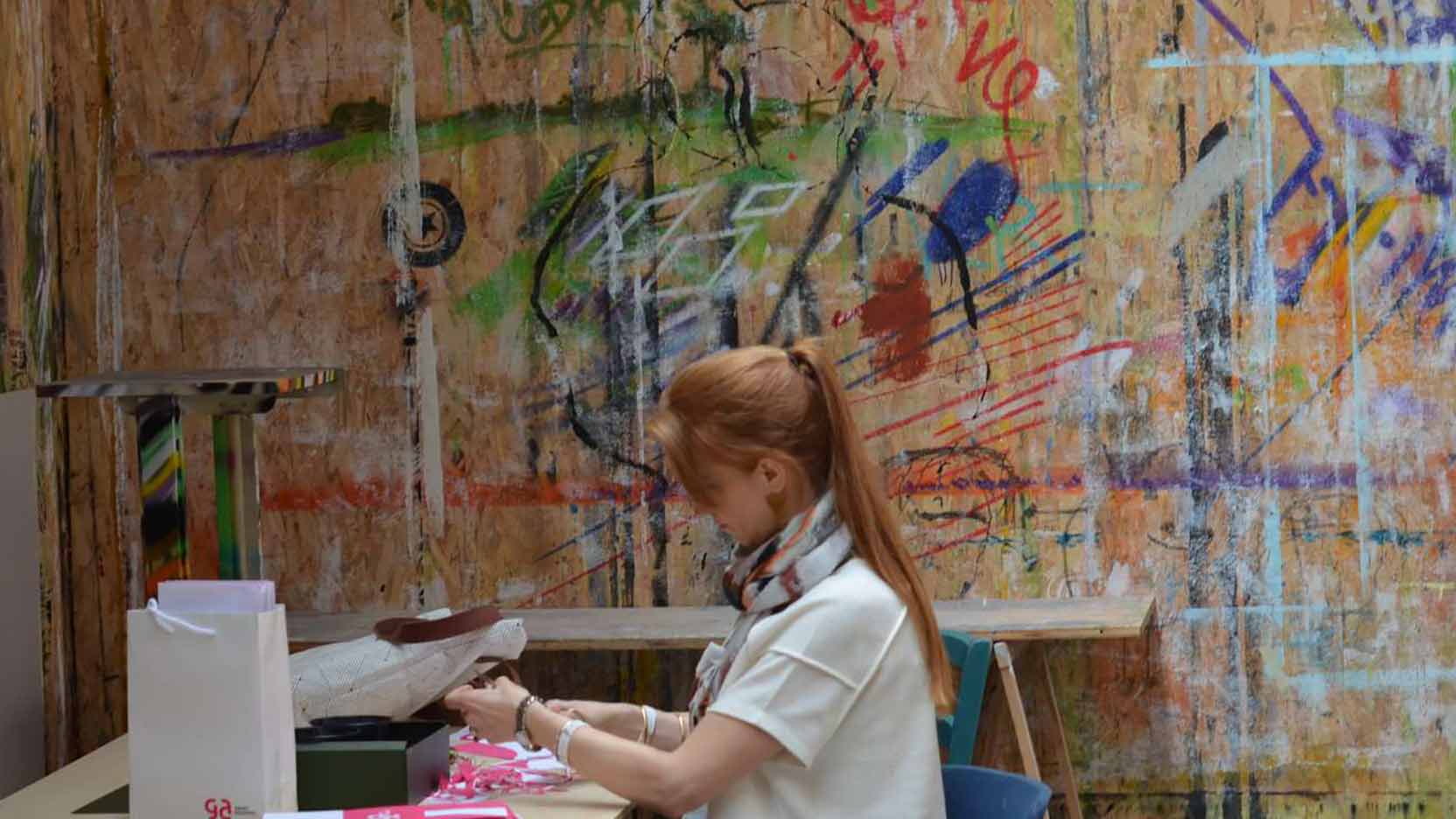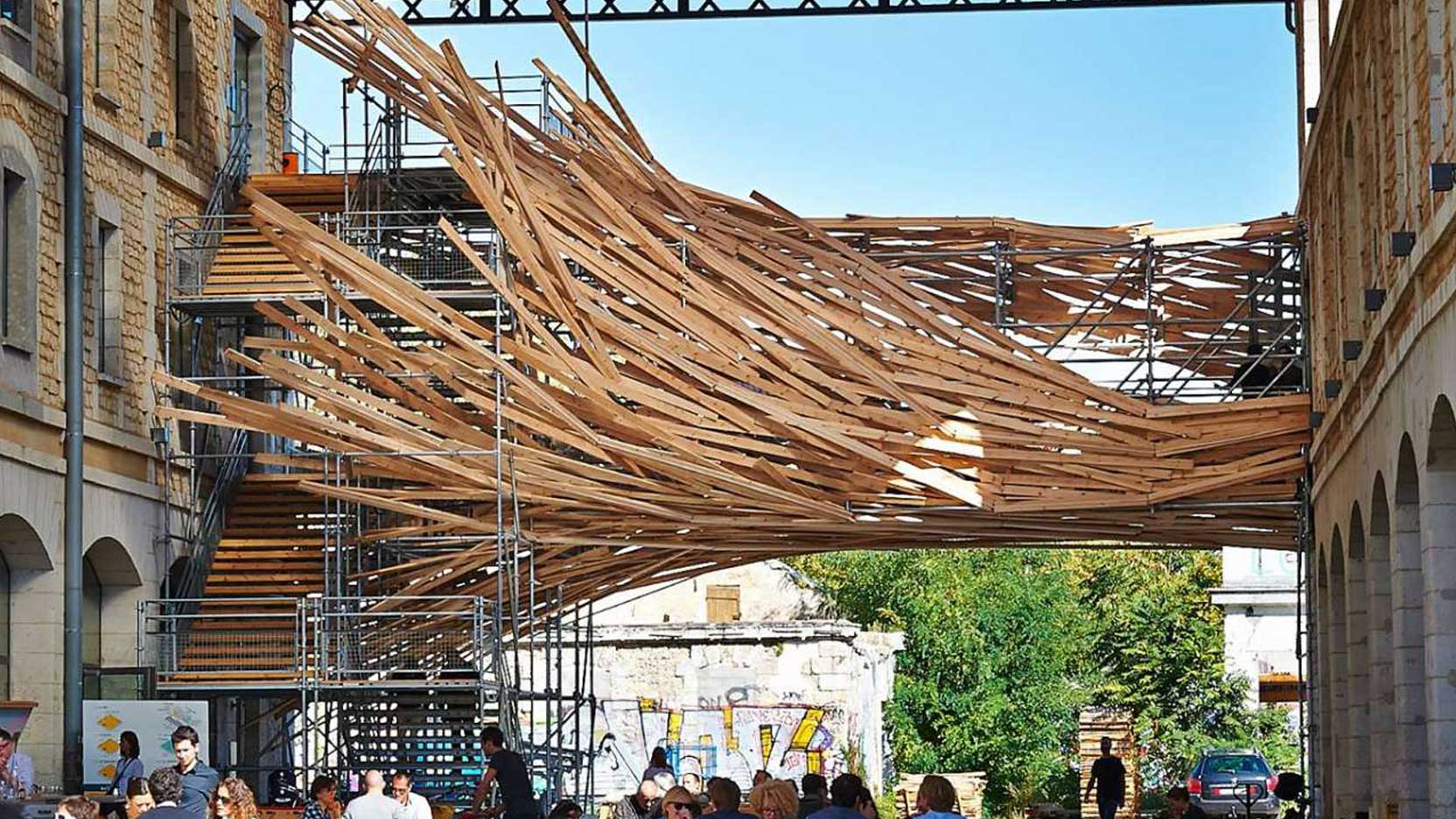The building sector is the largest energy consumer in France, ahead of transport, industry and agriculture. It is, therefore, the first sector concerned by the challenge of sustainable development and energy efficiency. From London to Melbourne, find inspiration in the 8 most sustainable buildings in the world.
The Crystal (London, England)
Located at the heart of London’s Green Enterprise District, The Crystal is an exemplary sustainable building.
Its reuse of rainwater, production of electricity by photovoltaic panels, and use of renewable energy for heating and air conditioning make the building a showcase of energy efficiency. It operates entirely on electricity, doing without fossil fuels such as oil and gas. Its CO2 emissions are about 70% lower than those of similar British buildings.
The Edge (Amsterdam, The Netherlands)
Inaugurated in 2015, The Edge was voted the greenest building in the world by the British agency BREEAM.
This award owes a great deal to the building’s solar panels, which produce more power than the building needs. Geothermal and rainwater recovery systems supplement the building’s sustainable system. Lastly, 28,000 connected sensors that are coupled to a mobile application allow employees to regulate the lighting and temperature of their workstations.
NuOffice (Munich, Germany)
Upon completion in 2012, the first NuOffice building was immediately included in the international ratings of the most ecological and sustainable programmes.
Constructed with materials that respect the environment and air quality, it boasts a heating system that enables temperature regulation of the inside of the concrete. At the same time, passive technologies such as mechanized windows and solar chimneys, a green roof and a photovoltaic generator lower the building’s energy consumption to close to zero.
Porter School of Environmental Studies (Tel Aviv, Israel)
The Tel Aviv University building is a gold standard of energy efficiency in the Middle East. It achieved the highest score on the LEED certification in 2014 with 92 points out of 110.
The building’s ecological wall, an iconic element of its appearance, is also at the heart of the infrastructure of the solar energy system. It almost overshadows the building’s other key ecological components such as the green roof and the biological tanks for the processing and recycling of grey water.
Bahrain World Trade Center (Manama, Bahrain)
In 2008, the Bahrain World Trade Center became the first skyscraper in the world to integrate wind turbines.
The wind turbines measure 30 metres in diameter and supply up to 15% of the energy of the Trade Center’s 2 towers. The towers are, moreover, equipped with clean cooling technologies that are optimized by the orientation of the windows, and with a system that exploits the air currents that form at the centre of the skyscraper.
Bank of America Tower (New York, U.S.A.)
Completed in 2009, the administrative building of the largest bank in the U.S. features exemplary specifications for its energy efficiency, indoor air quality, ecological materials and construction processes.
The tower has its own cogeneration plant that runs on natural gas. It covers 70% of the building’s electricity consumption, and its residual heat is reused, in particular for providing the building’s hot water and heating. Practical sustainable measures have been achieved in New York’s third highest skyscraper.
Cor (Miami, U.S.A.)
Cor is an impressive building of offices and flats that embodies a dynamic synergy between architecture, structural engineering and ecology.
Designed from recyclable materials, it extracts its power from its environment thanks to wind, photovoltaic and solar energies. These energies are directly associated with its architectural identity, as seen in the wind turbines integrated into its unique exoskeleton.
Pixel Building (Melbourne, Australia)
Acclaimed for its avant-garde design the Pixel Building in Melbourne was conceived to achieve neutral carbon emissions.
In addition to the massive quantity of recycled materials used in its construction, the building boasts a renewable energy generation unit installed on the roof. In 2012 it achieved the highest score ever awarded by the Green Building Council of Australia under the Green Star rating system in the category of sustainable infrastructures.



